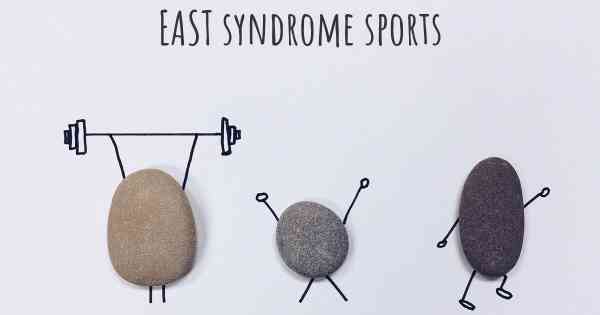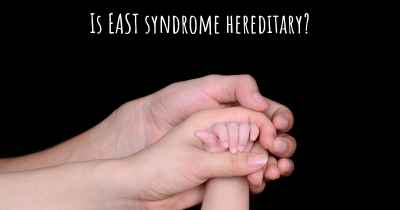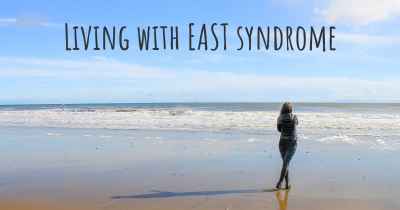Is it advisable to do exercise when affected by EAST syndrome? Which activities would you suggest and how intense should they be?
See if it is advisable for people with EAST syndrome to practice sports and which ones are the most recommended if you have EAST syndrome

EAST syndrome is a rare genetic disorder that affects the function of the potassium channels in the body. It is characterized by epilepsy, ataxia, sensorineural deafness, and tubulopathy. People with EAST syndrome often experience seizures, difficulty with coordination and balance, hearing loss, and kidney problems.
When it comes to exercise and physical activity for individuals affected by EAST syndrome, it is important to approach it with caution and consult with a healthcare professional. The severity of symptoms and individual limitations can vary, so personalized advice is crucial. However, in general, exercise can have several benefits for individuals with EAST syndrome.
1. Improved overall health: Regular exercise can help improve cardiovascular health, strengthen muscles, and enhance overall physical fitness. It can also contribute to weight management and reduce the risk of developing other health conditions.
2. Enhanced coordination and balance: Since individuals with EAST syndrome often experience difficulties with coordination and balance, engaging in exercises that focus on these areas can be beneficial. Activities such as yoga, tai chi, and specific balance exercises can help improve stability and coordination.
3. Mood and mental well-being: Exercise has been shown to have positive effects on mood and mental health. It can help reduce stress, anxiety, and depression, which are common challenges faced by individuals with chronic conditions like EAST syndrome.
4. Social interaction: Participating in group exercises or sports can provide opportunities for social interaction and a sense of belonging. This can be particularly important for individuals with EAST syndrome, as they may face challenges in socializing due to their condition.
When choosing exercises for individuals with EAST syndrome, it is important to consider their specific limitations and abilities. Here are some suggestions:
1. Low-impact aerobic exercises: Activities such as walking, swimming, or cycling can be excellent choices as they are gentle on the joints and provide cardiovascular benefits without putting excessive strain on the body.
2. Strength training: Incorporating light resistance exercises using resistance bands or light weights can help improve muscle strength and tone. It is important to start with low resistance and gradually increase as tolerated.
3. Balance and coordination exercises: Engaging in activities that challenge balance and coordination, such as yoga, Pilates, or specific balance exercises, can help improve stability and motor skills.
4. Flexibility exercises: Stretching exercises can help improve flexibility and range of motion. It is important to perform them gently and avoid overstretching.
5. Mind-body exercises: Practices like yoga, tai chi, or meditation can help improve both physical and mental well-being. They focus on breathing, relaxation, and mindfulness, which can be beneficial for individuals with EAST syndrome.
It is crucial to emphasize that the intensity and duration of exercise should be tailored to the individual's abilities and limitations. Starting with shorter sessions and gradually increasing the duration and intensity can help prevent overexertion and minimize the risk of injury.
Before starting any exercise program, it is essential to consult with a healthcare professional or a qualified exercise specialist familiar with EAST syndrome. They can provide personalized guidance, take into account any specific considerations or precautions, and ensure that the chosen activities are safe and appropriate.
In conclusion, exercise can be beneficial for individuals affected by EAST syndrome, but it should be approached with caution and personalized guidance. Engaging in a variety of exercises that focus on cardiovascular fitness, strength, balance, coordination, and flexibility can contribute to improved overall health, enhanced motor skills, and mental well-being. Consulting with a healthcare professional is crucial to ensure that the exercise program is tailored to the individual's specific needs and limitations.








